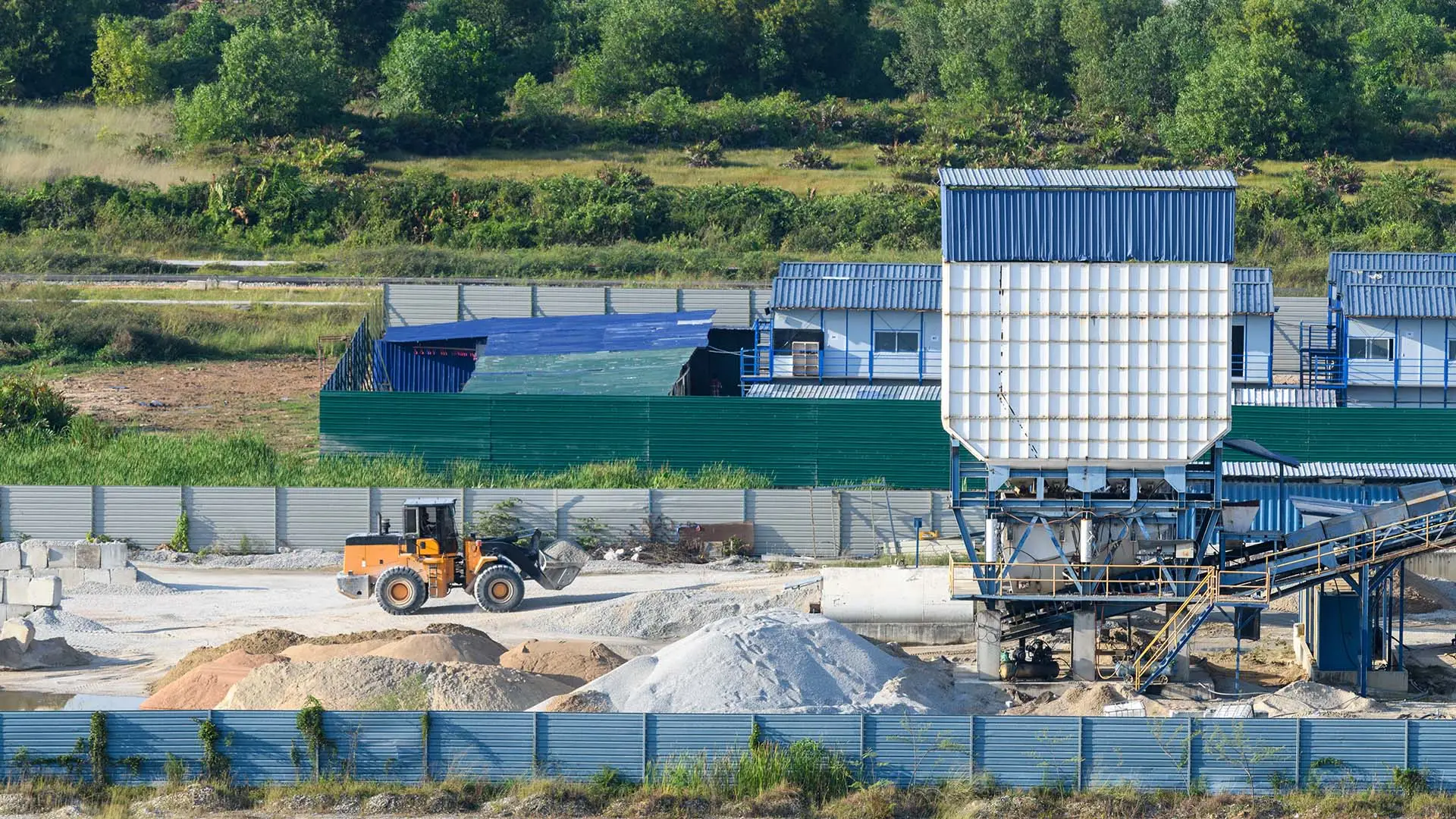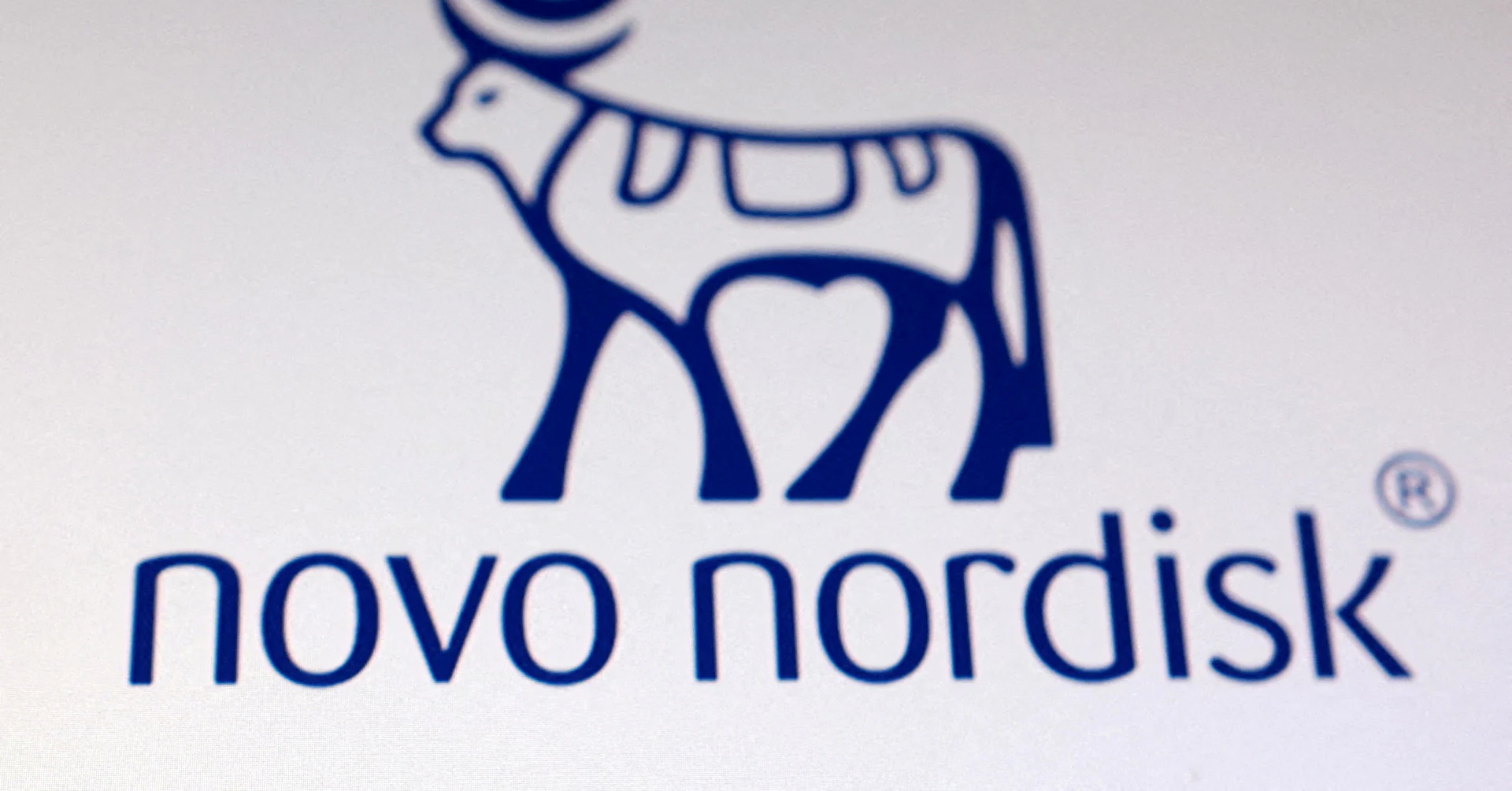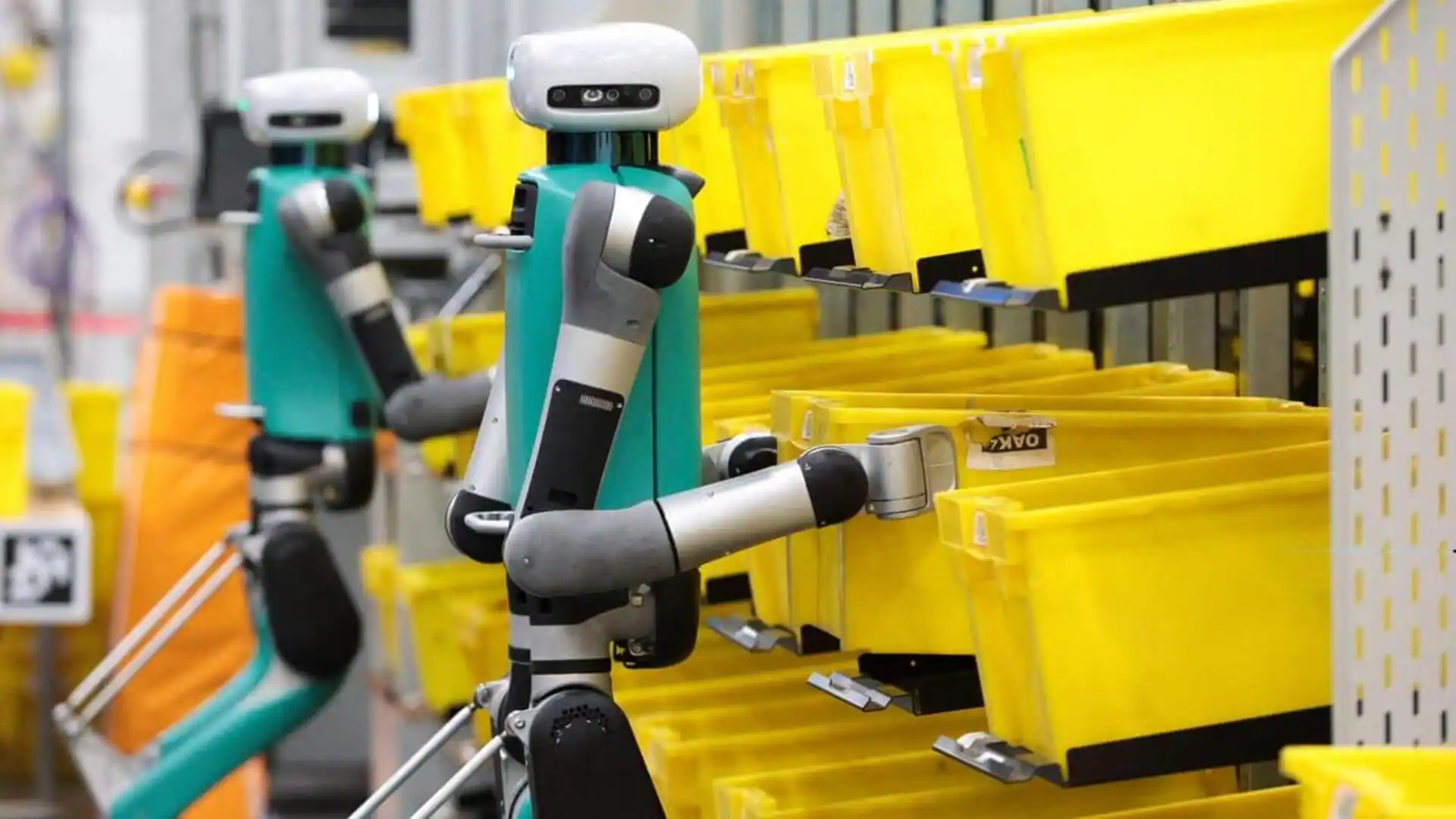Copyright Inc. Magazine

There’s hardly anything on this planet that’s more widely in demand than concrete. And while we need the essential building material for infrastructure, housing, and beyond, it comes at a high climate cost. Production of cement, the glue that holds concrete together, doubled globally between 2003 to 2013, and has since plateaued. Even without rapid growth, its carbon footprint is incredibly significant at around 8 percent of global carbon emissions. Every ton of Portland cement produced—that’s the most common type of cement in construction today—creates nearly the same amount of CO2 emissions. But big emissions warrant big opportunities. While some companies are working on changing cement itself to reduce its gigantic carbon footprint, California-based Fortera found a different niche. By creating bolt-on technology that can be fitted to existing cement plants, Fortera can create a cement product made out of reabsorbed CO2 that’s up to 70 percent less carbon intensive than creating traditional Portland cement (even if the plant is powered by less-than-sustainable energy sources). When hooked up to renewable energy, the potential for emissions reduction is even higher. Featured Video An Inc.com Featured Presentation “What Fortera is doing is not all that fancy and exotic, but that may actually be part of its secret sauce,” says Andres Clarens, a professor of civil and environmental engineering at the University of Virginia. A concrete pivot Fortera was built out of a company called Calera, one of the earliest businesses geared towards green cement. Calera’s process was inspired by how coral mineralizes in the ocean; the company combined seawater with captured CO2 to create calcium carbonate and magnesium carbonate. These materials can double as feedstocks for cement and carbon sequestration, but the company drew early criticism for lack of scalability. After hundreds of thousands of hours of research, hundreds of millions of dollars of development, and over 100 patents, the economics just didn’t work out. “Unfortunately, while it was great technology, it really just wasn’t grounded in economics,” says Ryan Gilliam, CEO of Fortera. Gilliam was CEO of Calera when it shut down the CO2-to-cement part of the business in 2015. “People thought people would pay for green and that’s what would drive adoption, which is really not how things have happened.” But it wasn’t entirely a loss, Gilliam says. The technology was already proven, after all. What was really needed was a new mindset. Calera’s goal was to compete with cement producers, creating a greener alternative. But this second time around, Fortera has pivoted. Their aim isn’t to replace the infrastructure that already exists and supports an industry that creates some 4 billion metric tons of the essential material every year. Instead, it takes what they are already doing and turns the carbon being emitted into something useful. And so far, it’s working—and last year, they began making a test product alongside a small cement plant in Redding, California. Fortera was also selected in September to receive funding from Microsoft’s Climate Innovation Fund to support building out a full-scale, 400,000 ton-per-year commercial facility, in turn hopefully accelerating the greening of Microsoft’s data center footprint. “Our team was attracted to Fortera’s approach due to its potential for deep emission reductions, competitive cost targets, and its expected compatibility with existing production infrastructure,” Brandon Middaugh, who manages the Climate Innovation Fund program and its strategy at Microsoft, said in a recent press release. So far to date, Fortera, which is based in San Jose and has a team of around 90 full-time staff, has raised about $150 million and the company is about to kick off another funding round. The technique The reason that cement is such a nasty carbon problem is simple: cement’s main feedstock is limestone, which is around 44 percent solid CO2 by weight. That CO2 is lost when the stone begins a process called calcination, producing a double whammy of emissions from the rock itself and the burning of fuel to power the process. “It’s a costly inefficiency that makes no sense,” says Tiziana Vanorio, associate professor in the earth and planetary sciences department at Stanford University. Fortera’s technology captures the CO2 coming out of the kiln when the lime is being produced. That is used to create a reactive calcium carbonate polymorph, also known as vaterite, or what they’ve dubbed ReAct. Teaming up with Fortera means cement plants get to keep the same limestone feedstocks, use the same infrastructure already in place, but get more out of the same amount of initial material. It keeps costs low for Fortera too, says Gilliam. The plant’s in-house team operates the technology, and the plant’s sales and logistics team help put the product to market. “[Cement companies] know how to build big plants, run them efficiently, and put products to market,” he says. “So bolting our technology to them, but leveraging what they know how to do really well, is the way to really push the economics where you don’t need a green premium or a value on CO2 to be competitive in the market.” One product their technology creates, ReAct Pure, made with 100 percent of the low-carbon vaterite, is currently being tested as a full replacement of cement in concrete mixes. But it is available now for other uses in the construction industry. ReAct Blend, meanwhile, is a mix of the ReAct product and traditional cement and could have several uses, including as a regular cement replacement. ReAct Blend was approved by ASTM International to meet standards for to be blended in with three different categories of cement and concrete, and is already out in the world in a few locations, including in a STEM building at Simpson University and an entrance and staircase of a renovated building at UC Berkeley, resulting in a small-to-moderate amount of carbon reductions compared to a fully-Portland cement build. Now, Gilliam says, it’s just a matter of scaling up, and with a partnership with lime producer Graymont announced over the summer, there’s a whole pipeline of commercial plants on the way. “Now it’s basically putting shovels in the ground and executing building out that first full commercial plant,” he says. “I hear regularly that the industry is risk averse, they will never adopt something new, they won’t adopt new products,” he says. “I fundamentally don’t agree with that. I think the industry has always shown that if it’s economic, they will adopt it.”



